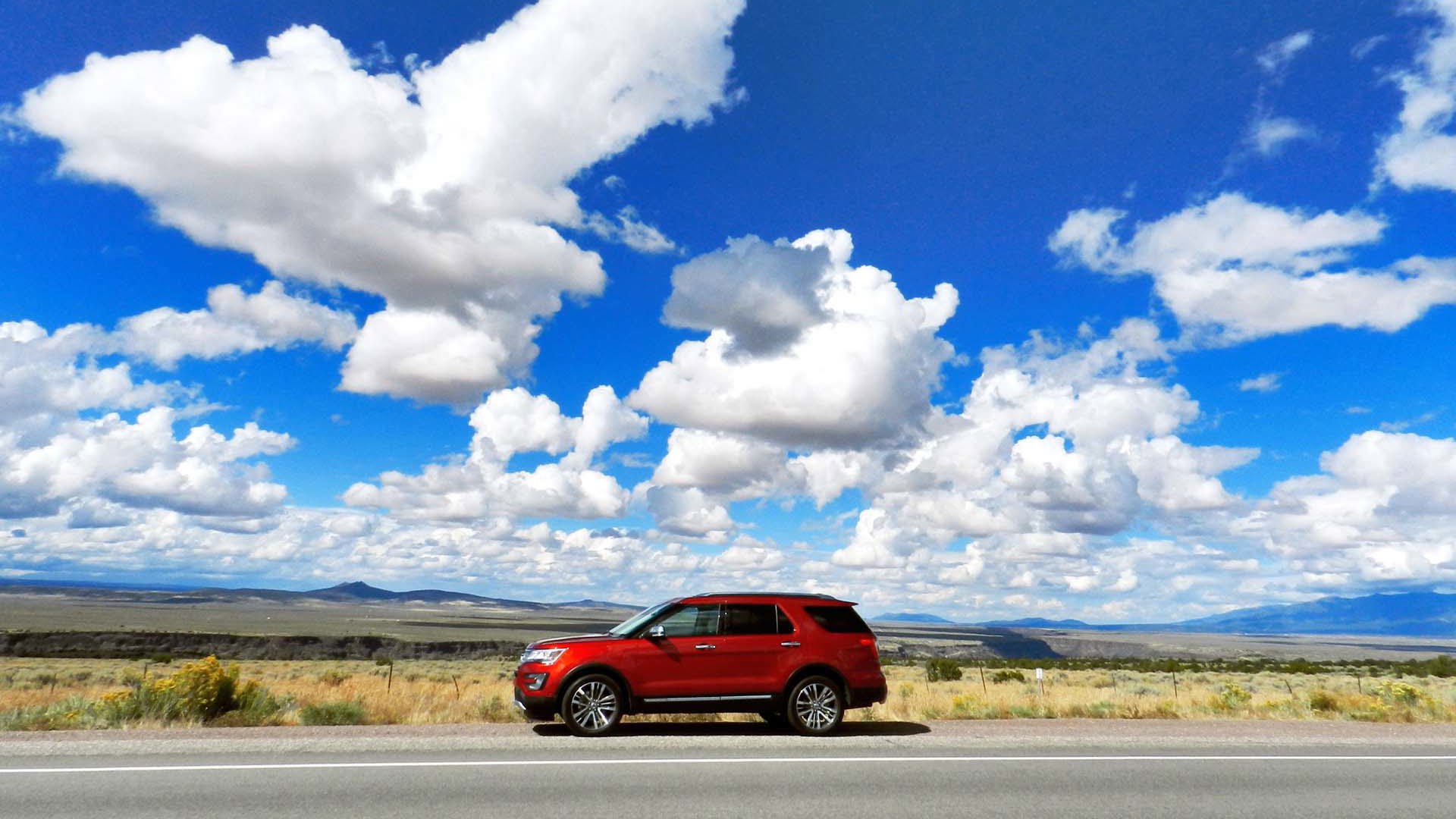There’s more to reducing the environmental impact of your driving habits than just buying a hybrid. There are lots of quick, easy ways to reduce the environmental impact of your ride.
No one is expecting you to immediately go out and do each and every one of these things. Maybe only one or two of these are relevant or feasible for you, but the more we adopt these habits, the less waste we contribute and reduce the pollution that is leading to climate change and the disruption it causes.
Some of them will only have a minor impact, but in many cases there is no downside and saving gas means saving money for things we actually like to spend our money on.
Basic Maintenance and Upkeep
Pump it up
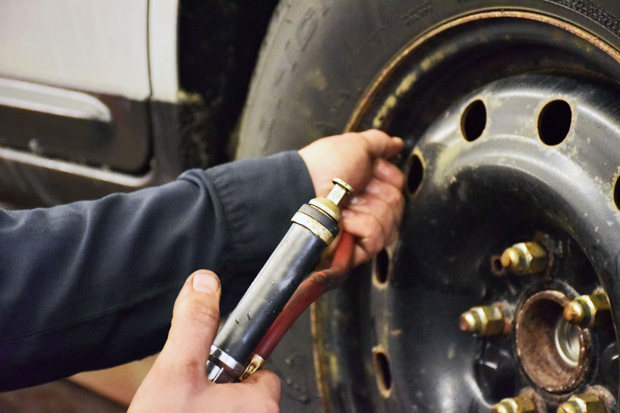
First of all, check your tire pressure every month or two. It takes just a few minutes and can save a couple percentage points of efficiency, not to mention reducing excessive wear on the tires, so this one can save gas and money.
When it come time to replace those tires, consider one of the new low-rolling-resistance tires on offer, which can also improve fuel efficiency, and might have a long tread life, so they represent good value.
Bikes in the back, please
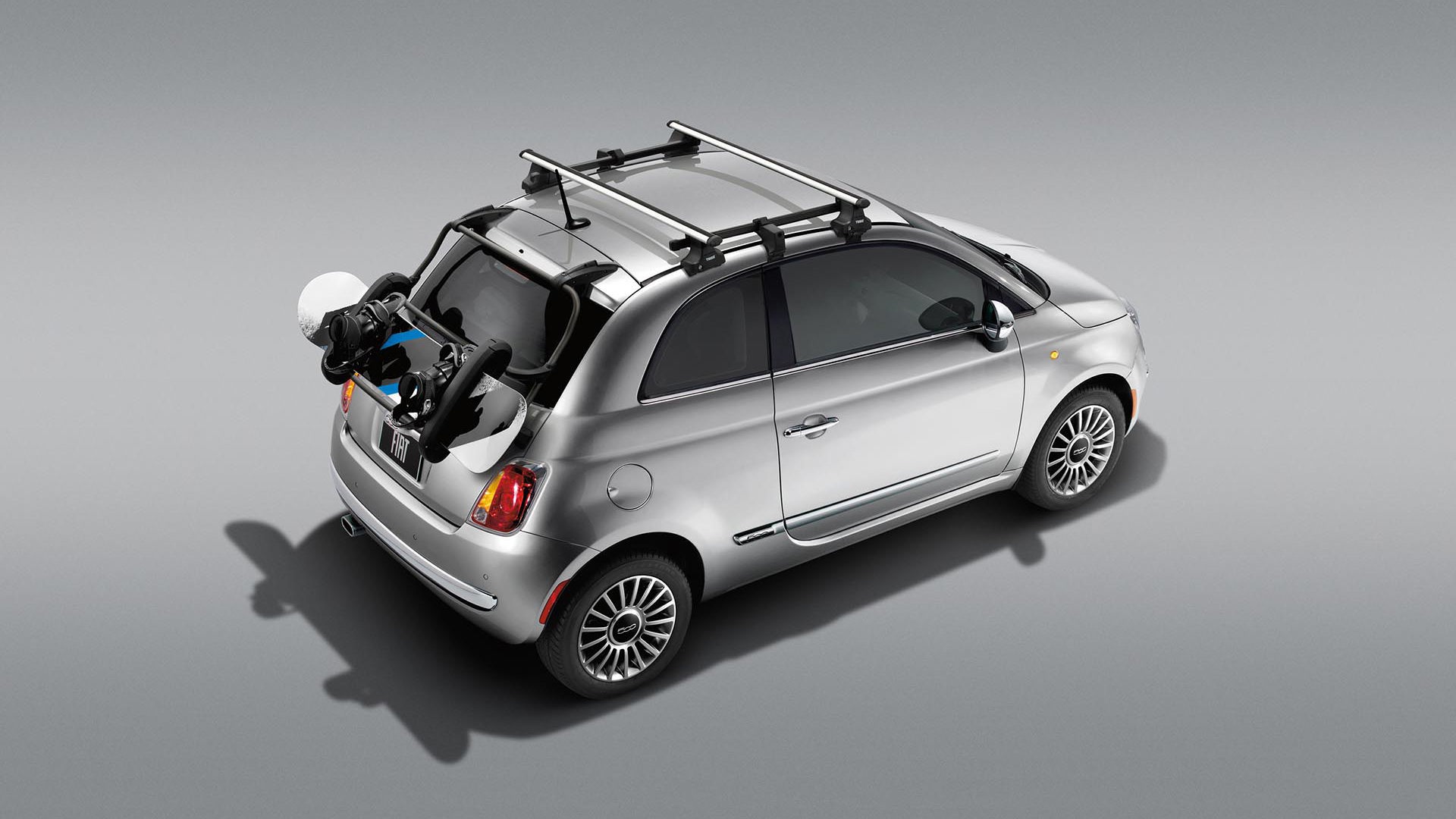
Yeah, yeah, no one likes installing and removing bike racks and cargo boxes, but do you really need to drive around with your ski rack all summer? It’s just senseless waste and that aerodynamic drag is costing you money at the pumps.
Still shopping for your bike rack? consider a trunk- or tailgate-mounted setup instead of roof-mounted as it will cause less aerodynamic drag. While you’re at it, no need to haul those golf clubs or other heavy junk in the trunk if you’re not planning on using it. Every 100 pounds of stuff can cost you an extra one percent in fuel consumption according to the US EPA.
Other boring stuff
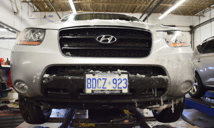
Maintaining a car is expensive, but there are immediate and long-term savings. In the short-term column, poorly maintained vehicles that are out of tune can reduce your efficiency, and modern engines that rely on various sensors to balance the air-fuel mixture in the cylinder can waste huge amounts of gasoline if something as tiny as an oxygen sensor is out of whack. The repairs can be costly but you are simply flushing money out your exhaust if you don’t. Even things like making sure you are using the correct oil and correct grade of gasoline keep your engine running at peak efficiency.
Long term, a car that is maintained regularly and repaired promptly will last longer – malfunctioning components cause more wear and tear to the parts around them and increase the risk of causing catastrophic failure. Having to buy a new car sooner than you want is no good for you or the planet.
Driving Style
Cruising speed
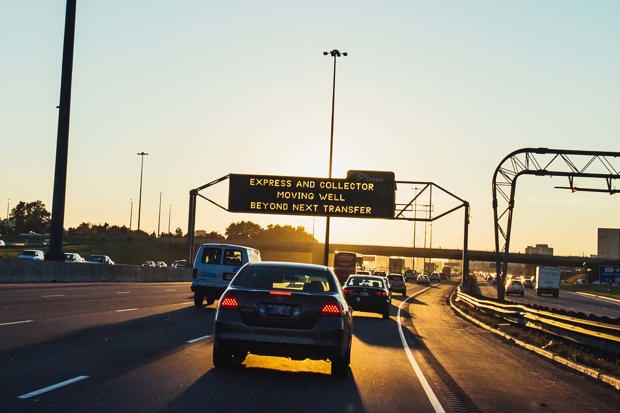
Every once in a while, it won’t hurt to drop your highway cruising speed from 130 to 110 km/h – nobody expects you to poke along at 90, but dropping your cruising speed can easily save 10 percent or more on fuel consumption. And most of the time, that extra speed gets you nowhere faster because you still end up stuck at the same light at the exit.
Don’t be a Stoplight Racer

At the other end of the driving spectrum, take it easy on your acceleration. Acceleration is the biggest drain on your gas tank and wallet, and especially if you are jammed up in traffic or queuing up at every light, just take a deep breath and relax. Okay, sometimes you just gotta get ahead of somebody, and we’re not saying you shouldn’t do that, but save the acceleration when there is a point, not just needlessly gunning it from every light.
Beat traffic
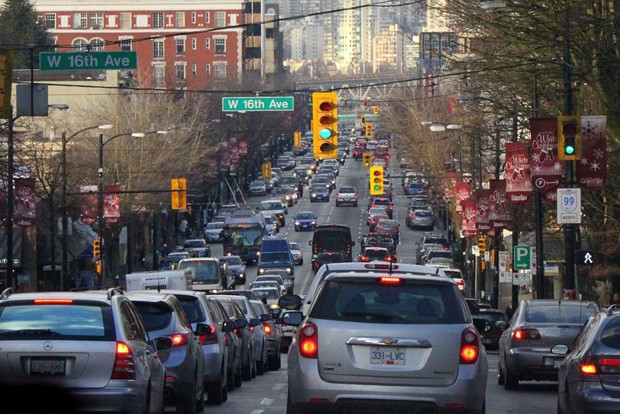
Do you hate rush hour as much as I do? Dodge it. Some jobs there is no getting around a set shift if you have to be on site, on duty, or ready open the store at a specific time, but at least ask your employers if alternative hours are feasible. Starting early or late can help you beat the morning and afternoon rush, saving all the needless, pointless wasted emissions – and fuel – sitting in traffic. And do you really need to be in the office every day of the week? Think about working from home one or two days every week.
When there’s no getting around a set start time, check traffic apps like Waze, Google Maps, or Apple Maps – avoiding traffic saves time and saving time on a drive means reducing emissions.
Vehicle Choice
Do you really need a tow vehicle?
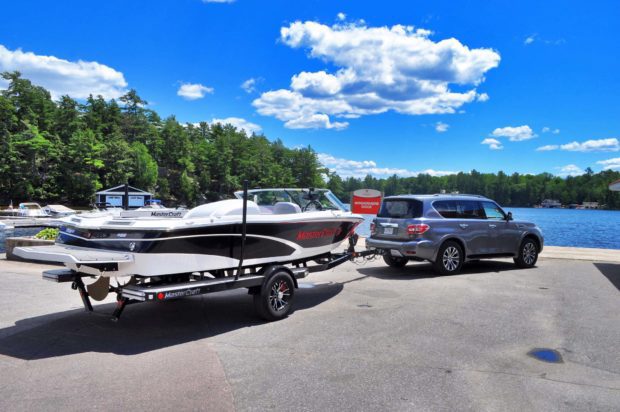
You got toys? You need to tow? We are all for it, and have nothing but respect if you know your axle ratios and GVWR – you are probably already getting the right vehicle for your needs if you know what I’m talking about there.
But if you go camping with a pop-up camper once a year or keep your Sea-Doo on your property and tow it down to the nearest launch on sunny days, you don’t necessarily need a 3,500 kg tow rating and you don’t need to drive the largest vehicle on a dealer’s lot. Will a mid-size pickup do instead of a full-size? Or perhaps you can live with the V6 instead of the V8 in your pickup, especially if you need it for payload in the bed more than towing. Some mid-size crossovers are spacious enough for 99 percent of your needs. For the other one percent, rent an RV or pickup.
Literally reduce your car’s footprint
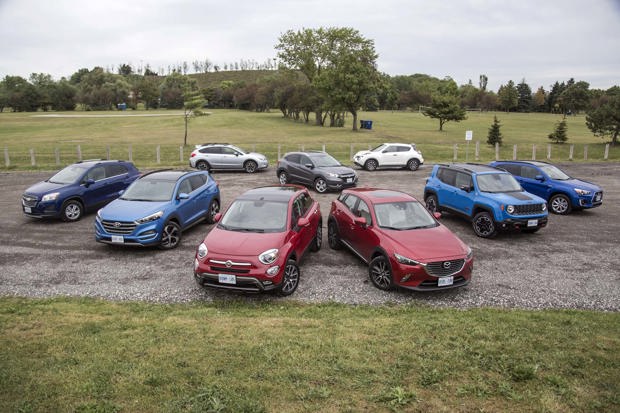
This doesn’t just apply to trucks and large SUVs. Anyone shopping for a car can consider getting something slightly smaller, slightly more efficient when it comes time to trade in the old one. Thinking about a Honda CR-V? Maybe an HR-V or Subaru Crosstrek will serve your needs and cut down your gas bill. And haven’t you always wanted a great excuse to buy a Miata?
However, you may need to get a larger vehicle, and even then there are many options for smaller engines with a variety of fuel-saving tech like turbocharging, auto stop-start, cylinder deactivation, but nothing beats reducing weight for saving fuel and reducing emissions (because you can get all those same things in some smaller cars, too). Comparing fuel consumption is as easy as going to NRCan’s fuel consumption rating tool where you can look at individual models or several in the same segment, but also check out fuelly.com for real-world results.
Go electric, the right way
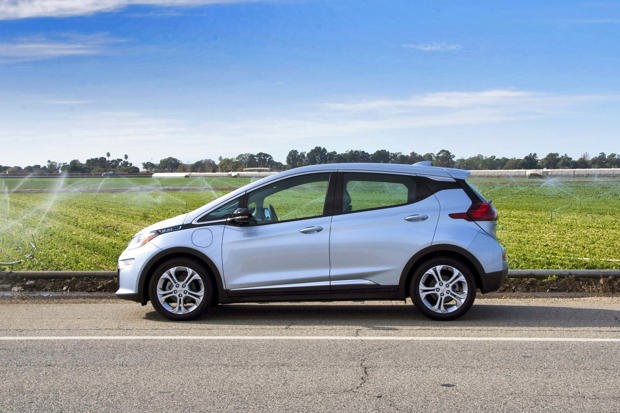
Don’t buy into any of the baloney about electric vehicles generating more emissions because of mining and manufacturing, but do consider power generation in your province. If local electricity providers still rely heavily on coal or natural gas, the pollutants from that form of power generation might negate much of the benefit of curbing emissions at the tailpipe; provinces like Ontario and Quebec that have shifted to hydro and nuclear offer clean and cheap electricity for your vehicle.
If you’re serious about a green car, solar panels on the roof of your home or wind generators on your property can go a long way to offset the power needed for your vehicle and contribute some clean energy back into the system, or at least reduce demand on the grid.
Ride a bike
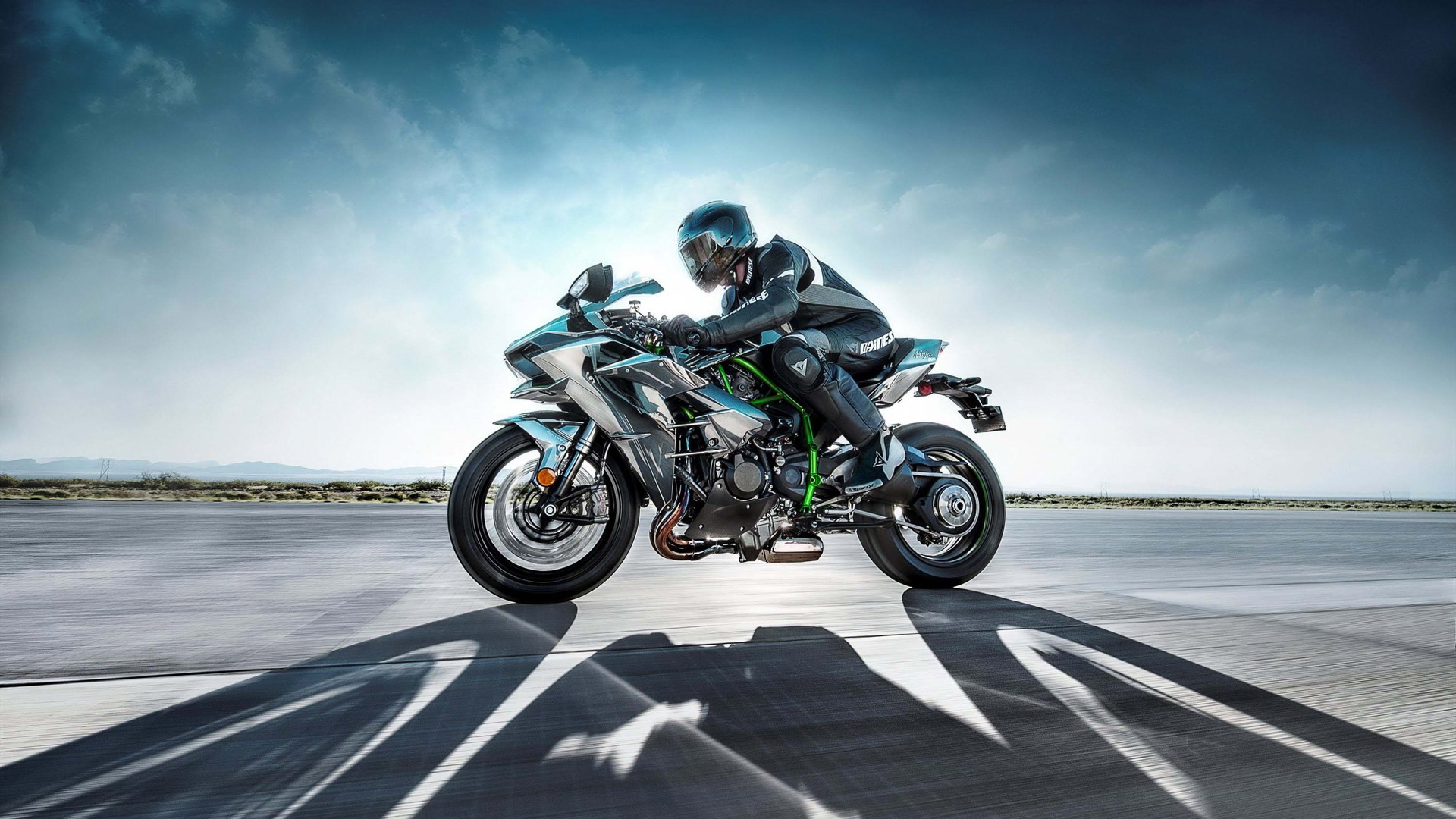
No, not that kind of bike, we mean a motorcycle. They’re fun, they’re fast, and they’re awesome, and confer instant cool status. Granted, this might be seasonal only, but pretty much any motorcycle is far more efficient with a far smaller footprint than just about any car except electric vehicles. Plus, they’re fun as hell. Just ask the guys at Canada Moto Guide. And hey, it’s quicker than riding a bicycle, though that’s not a bad option either.
Take the train (sometimes)

Don’t get the wrong idea, we’re not saying you should sell your car, build a sod house, and start sewing your own clothes, but there are times when public transportation is simply faster and cheaper and more convenient, especially going to certain city centres. Plus, many of the suburban commuter trains have free parking you can take advantage of and you don’t have to worry about the stress of driving congested city streets or battling rush-hour traffic.
